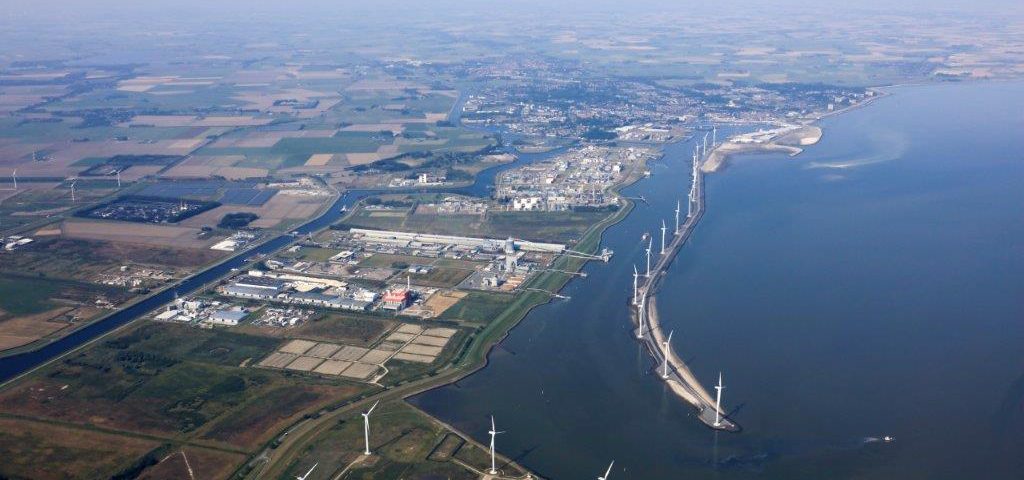Annual figures 2019: Groningen Seaports continues to work towards growth in the ports despite the nitrogen crisis
Annual figures 2019: Groningen Seaports continues to work towards growth in the ports despite the nitrogen crisis

The annual figures of Groningen Seaports show yet another good year with a throughput of almost 13 million tonnes and with 6.4 hectares of land being issued to new and existing companies. The provisional profit forecast is approximately 1 million euros. Cas König, CEO of Groningen Seaports N.V., announced this during his New Year speech this afternoon.
Despite that, Groningen Seaports looks back on a turbulent year in 2019. There were once again many interesting developments in both ports, but the annual figures are less successful than in previous years. For the first time in years there was a slight fall in throughput and less land was issued. The reduced throughput is a consequence of the dike improvement project, for which a lot of extra sand was supplied in 2018. Also, companies are responding to the nitrogen crisis by postponing their investments: some thirty initiatives in the ports that contribute to the energy transition have already been called into question. This has resulted in a slowdown in investments in the region of some € 1.5 billion, and this is reflected in Groningen Seaports’ results. Another significant reason is the postponement of the construction of a steel plant in Eemshaven as a result of the nitrogen rules.
“Despite the downturn, we were able to welcome a number of new companies in 2019. Several offshore companies arrived to work on the maintenance and management of the wind farms in the German part of the North Sea. Groningen Seaports reinforced 220 metres of quayside for one of these companies so that it could tranship heavy wind turbine components. This quay was also equipped with an intelligent monitoring system. A new data storage company also arrived in Eemshaven. And seven innovative start-ups related to offshore activities moved into the Nijlicht complex,” said Cas König.
In Delfzijl, various companies stepped up their activities through expansion or additional investments. The aluminium plant restarted its full production, a chemical scale-up chose the Chemiepark for its pilot plant, tank storage capacity was expanded and a third steam pipeline was commissioned. The construction of an innovative circular steel plant also began this year.
Groningen Seaports also warmly welcomes the establishment of Heliport Eemshaven, which will further strengthen Eemshaven’s position as an offshore wind port. Eemshaven is now also connected to the public bus network, substantial investments are being made in a stronger high-voltage infrastructure in Groningen’s seaports, the Eems Delta Pipe Zone Foundation has become active again and the gigantic crane ship Saipem 7000 has returned to Eemshaven. That creates a lot of employment for local industrial service providers. Another positive development in 2019 was the construction of an undersea cable between the Netherlands and Denmark, which makes it possible to link the electricity and data networks of the two countries.
The winner of the Sustainable Industry Challenge (SIC) was also announced at the port authority’s New Year’s reception, which was held again this year in the Groningen Seaports Stadium in Delfzijl. The reward was a prize of 100,000 euros for the best idea for setting up a sustainable innovation with the greatest impact on the region. The SIC was initiated and organised by Economic Board Groningen.

